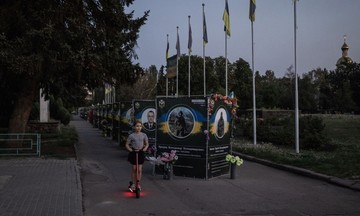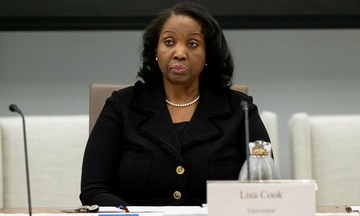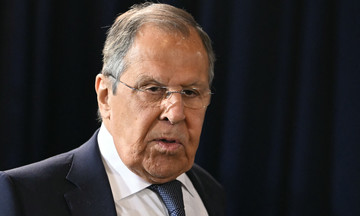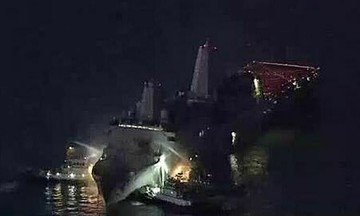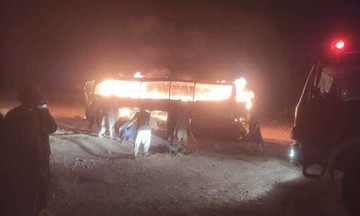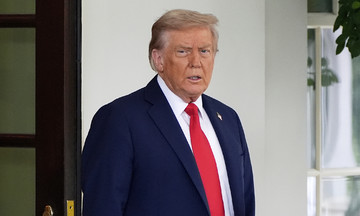US President Donald Trump and Russian President Vladimir Putin met in Alaska on 15/8. Holding the meeting on US territory might seem surprising, but Trump, when announcing the location, stated it was "a very popular place for many reasons."
Alaska is a unique location, bearing the imprint of both the US and Russia. Upon arriving, Putin saw remnants of Russia's presence, including distinctive onion-domed Orthodox churches.
Before becoming a US state, Alaska was part of Russia under Tsar Alexander II. Russia's presence there began not with the military, but with merchants.
 |
Location of Alaska. Graphics: Google Maps |
In the mid-18th century, Siberian merchants and explorers crossed the Bering Sea to Alaska to hunt sea otters for their fur. Russian traders established trading posts in Sitka (formerly New Archangel) and Kodiak Island.
In 1780, Catherine the Great established the Russian-American Company, granting it a monopoly on trade and administration of the territory. By the late 18th century, merchant Alexander Baranov consolidated Russian control in the region. He expanded settlements and oppressed the indigenous Tlingit people, earning him the nickname "The Heartless One".
Later, Russian Orthodox priests arrived in Alaska, establishing congregations and churches. They built St. Michael's Cathedral, its green domes prominent amid the glaciers of New Archangel, a structure that remains a town symbol.
Ian Hartman, a history professor at the University of Alaska Anchorage, explained that Russian settlers forced indigenous people to hunt sea otters and other marine mammals for their fur. "This relationship, from the outset, wasn't a model of long-term settlement, but rather one of short-term exploitation," Hartman said.
The US State Department notes that the Russian population in Alaska at that time consisted of fewer than 400 permanent settlers.
By the mid-19th century, the cost of maintaining the Alaskan outpost became so expensive that Russia viewed it as a financial burden rather than an asset. By 1867, sea otters had been hunted to near extinction, diminishing the territory's profitability.
Russia's defeat in the Crimean War (1853-1856) against Britain, France, and Turkey further strained its finances. However, the Tsar didn't want to negotiate with Britain or see Alaska fall into London's hands, as Britain was expanding its influence in western Canada.
Due to economic concerns and geopolitical anxieties, Russia decided to sell the colony, approaching the most likely buyer: the US. According to a Library of Congress article, the two nations had grown closer due to their shared animosity towards Britain and similar views on most foreign policy issues.
The US at the time sought to expand its territory. In the 1840s, it had annexed Oregon, Texas, and California. Russia first offered to sell Alaska in 1859, but the American Civil War delayed the deal.
Tsar Alexander II instructed his ambassador to the US, Eduard de Stoeckl, to negotiate with the US State Department in 3/1867. After an all-night session, the two sides signed the Alaska Purchase treaty on 30/3/1867 for $7.2 million.
 |
Signing of the Alaska Purchase treaty between Russian and US officials on 30/3/1867. Photo: Britannica |
The sale was seen as a rare diplomatic win for both sides. For Russia, it provided revenue and a new ally across the Atlantic. For the US, it was a chance to block European expansion and assert its growing influence in the Pacific.
"The cession of Russian America has become a serious matter. It shows the extent to which Russia is willing to foster amicable relations with the United States," the New York Herald wrote in 1867.
However, the deal also sparked controversy. In St. Petersburg, many criticized Tsar Alexander II for selling too cheaply. The newspaper Golos described the sale as "causing strong indignation with all true Russians".
"Is national pride really so insignificant as to be easily sacrificed for a mere 6-7 million dollars?" the paper questioned.
In a July 1867 letter to a friend, Russian Ambassador Stoeckl, who led the negotiations, admitted, "My treaty has met with strong opposition, but this stems from the fact that no one at home fully understands the true state of the colony. We had only two choices: sell it or see it taken."
Meanwhile, in the US, the purchase was dubbed "Seward's Folly," referring to then-Secretary of State William H. Seward, who negotiated the agreement. Seward was mocked for spending money on a frozen wasteland.
The New-York Daily Tribune criticized the deal as the US "taking nominal possession of an uninhabitable snow desert." An editorial stated, "We may make a treaty with Russia, but we cannot make one with the winds and snows."
"Russia has sold us a squeezed orange. Whatever the value of that territory and its outlying islands may be to us, it had ceased to be of value to Russia," the New York World wrote on 1/4/1867.
 |
Ted Stevens Anchorage International Airport in Anchorage, Alaska on 14/8. Photo: AFP |
The US only began to realize Alaska's value in the late 1890s with the discovery of gold. Alaska became a US state in 1959. Between 1950 and 1960, large oil deposits were also discovered, transforming the state into one of the nation's richest in resources.
This week, Alaska again became a focal point, connecting the leaders of two world powers. Observers consider this an important meeting that could reshape the global order.
From a perceived "burden" to be sold off, Alaska has become a territory of geopolitical and economic significance, continuing to play a key role in the complex relationship between the US and Russia.
Thuy Lam (According to Firstpost, Guardian)






